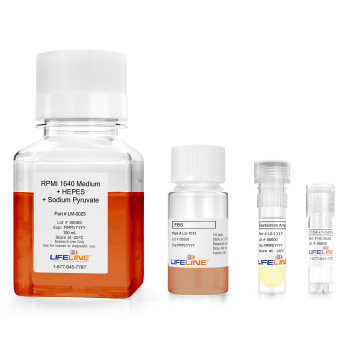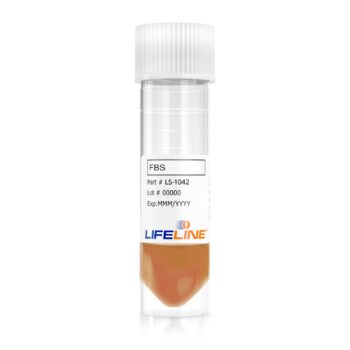
Normal Human Renal Epithelial Cells from Lifeline® Star in Cutting-Edge Research
Our primary cells are held to the highest standards so that they can be used for the most cutting-edge research.
Here we highlight two recent, exciting avenues of research involving Lifeline Cell Technology® renal proximal tubule cells . . .
– One involving new renal cancer research
– A second study involving kidney regeneration
Cure for Renal Cancer Investigated by University of Hawaii researchers
A study carried out by a group of researchers from the University of Hawaii sought to determine the role of englerin A (a compound found in the bark of Phyllanthus engleri, a plant native to Tanzania and Zimbabwe) in killing renal cancer cells.
Previous studies had demonstrated that englerin A specifically targeted renal cancer cells for destruction over other cancer cell types [1]. Now, the researchers wanted to find out exactly how englerin A works.
They found that it induces necrotic cell death only in renal cancer cells. Englerin A did not kill normal kidney cells (purchased from Lifeline Cell Technology®), or glioblastoma cells.
The authors surmise that this selectivity for the renal cancer cells could be because they express a higher number of ion channel proteins on their cell surface. Using normal renal cells as a control in these experiments is important to show that englerin A kills only renal cancer cells.
Incidentally, this group also used renal cell lines as a control in their experiments, but since cell lines often have key alterations in their genetic makeup, the researchers wisely chose to use primary renal proximal tubule cells as well.
Maine Medical Research Center Institute Studies Kidney Regeneration
Scientists from the Maine Medical Research Center Institute also used Lifeline® renal proximal tubule cells in a recent study. The authors studied how kidney regeneration after acute kidney injury works, and specifically wanted to understand the signaling pathways involved in the healthy part of the kidney.
Studying the cells in a healthy, normal, kidney requires healthy, normal primary renal cells, which is what they used. With our renal proximal tubule cells, the researchers found that there was intrinsic Bone Morphogenetic Protein (BMP) signaling taking place in the normal kidney. They also discovered novel genetic targets of BMP that are possibly involved in regulating the signaling pathway.
What about you? Are you doing some exciting cutting-edge research using Lifeline Cell Technology® primary cells? Let us know and you may be featured here!
References:
[1] Sulzmaier FJ, Li Z, Nakashige ML, Fash DM, Chain WJ, et al. (2012) Englerin A Selectively Induces Necrosis in Human Renal Cancer Cells. PLoS ONE 7(10): e48032. doi:10.1371/journal.pone.0048032
[2] Larman BW, Karolak MJ, Lindner V, Oxburgh L. Distinct Bone Morphogenetic Proteins activate indistinguishable transcriptional responses in nephron epithelia including Notch target genes. Cellular signalling 2012;24(1):257-264. doi:10.1016/j.cellsig.2011.09.008.


